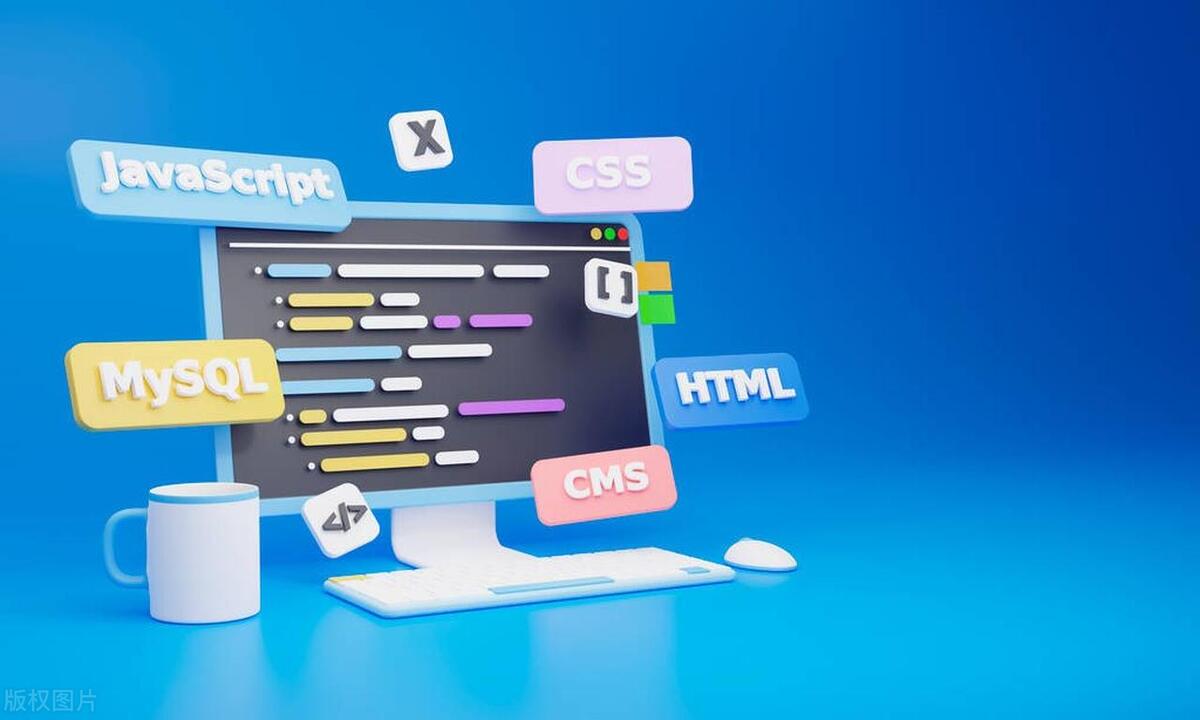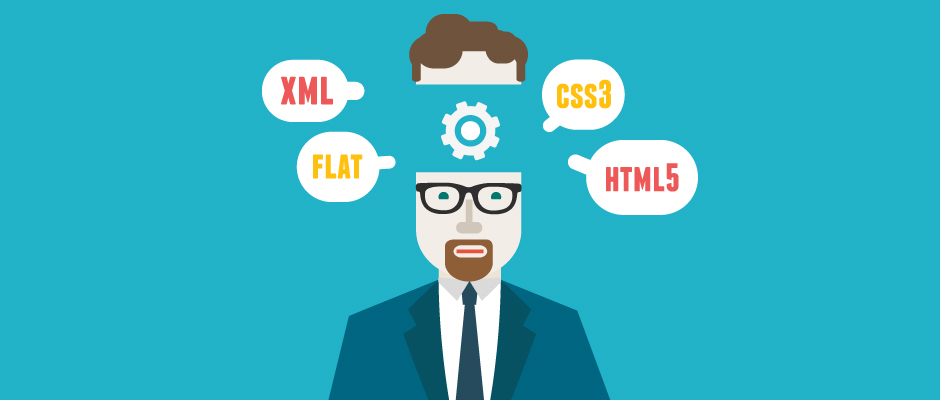Headless CMS and Jamstack are reshaping modern web development by decoupling content from presentation and pre-building static sites for speed and security. 1) A headless CMS like Contentful or Sanity delivers content via APIs, enabling reusable, structured content across platforms. 2) Jamstack uses JavaScript, APIs, and Markup to generate static pages served via CDN, offering faster load times, improved security, and effortless scalability. 3) Combining both allows content editors to manage content in a user-friendly interface while developers use modern frameworks like Next.js, with automatic rebuilds on content changes. 4) This setup excels for blogs, marketing sites, and e-commerce fronts but may not suit real-time apps or teams lacking technical resources. 5) Despite some limitations, the combo reduces hosting costs, minimizes tech debt, and delivers high-performance, SEO-friendly websites, making it a proven choice for modern web projects.

Headless CMS and Jamstack aren’t just buzzwords—they’re reshaping how developers build websites. If you’re still using traditional monolithic platforms like WordPress for every project, you might be overcomplicating things. Here’s why this combo is becoming the go-to for modern web development.

What Exactly Is a Headless CMS?
A headless CMS separates the content backend from the frontend presentation layer. Unlike traditional CMS platforms (e.g., WordPress), where content and design are tightly coupled, a headless system delivers content via APIs (usually REST or GraphQL) to any frontend—be it a website, mobile app, or smartwatch.
This means:

- Content is structured and reusable across platforms.
- Developers can use modern frameworks like React, Vue, or Next.js.
- Editors still get a user-friendly interface to manage content.
Popular headless CMS options include:
- Contentful
- Sanity
- Strapi (self-hosted)
- Prismic
The flexibility makes it ideal for teams wanting to publish content once and deploy it everywhere.

Jamstack: Performance and Security by Design
Jamstack stands for JavaScript, APIs, and Markup. It’s an architecture, not a framework. The core idea? Pre-build pages at deploy time and serve them as static files through a CDN.
Key benefits:
- Speed: No server-side processing on each request.
- Security: Fewer moving parts = fewer attack vectors.
- Scalability: CDNs handle traffic spikes effortlessly.
Jamstack doesn’t mean “just a marketing site.” With serverless functions and third-party APIs, you can add dynamic features like forms, search, and user auth without managing servers.
Tools powering Jamstack:
- Next.js / Gatsby / Nuxt – for static site generation
- Vercel / Netlify – deployment and serverless functions
- Algolia / Auth0 / Stripe – API-driven functionality
Why Headless CMS Jamstack Works So Well
When you combine a headless CMS with Jamstack, you get the best of both worlds: developer freedom and editorial ease.
Here’s how it works:
- Content creators add/update content in the CMS.
- On deploy (or content change), the site rebuilds via CI/CD.
- Generated static pages are pushed to a CDN.
- Users get fast, secure, SEO-friendly experiences.
For example, a blog built with Next.js Sanity Vercel:
- Writers use Sanity’s real-time editor.
- Every new post triggers an automatic rebuild.
- The updated site goes live globally in seconds.
This workflow eliminates slow database queries and reduces hosting costs.
Not a One-Size-Fits-All Solution
Let’s be real—this stack isn’t perfect for every use case.
Avoid it if:
- You need real-time content updates without rebuilds (though ISR helps).
- Your team lacks developer resources (setup takes more initial work).
- You’re building complex, user-generated content platforms (like social networks).
But for content-driven sites—blogs, docs, e-commerce fronts, marketing sites—it’s hard to beat.
Headless CMS and Jamstack together offer speed, security, and scalability with modern workflows. They’re not the future—they’re already here, powering sites from startups to enterprise brands. If you're starting a new project, at least consider this combo. It might save you time, money, and tech debt down the road.
Basically, it’s about doing more with less—cleaner code, simpler infrastructure, and better performance. And that’s hard to argue with.
The above is the detailed content of Headless CMS and Jamstack: The Future of Web Development. For more information, please follow other related articles on the PHP Chinese website!

Hot AI Tools

Undress AI Tool
Undress images for free

Undresser.AI Undress
AI-powered app for creating realistic nude photos

AI Clothes Remover
Online AI tool for removing clothes from photos.

ArtGPT
AI image generator for creative art from text prompts.

Stock Market GPT
AI powered investment research for smarter decisions

Hot Article

Hot Tools

Notepad++7.3.1
Easy-to-use and free code editor

SublimeText3 Chinese version
Chinese version, very easy to use

Zend Studio 13.0.1
Powerful PHP integrated development environment

Dreamweaver CS6
Visual web development tools

SublimeText3 Mac version
God-level code editing software (SublimeText3)
 How to use the time tag in HTML
Sep 19, 2025 am 03:35 AM
How to use the time tag in HTML
Sep 19, 2025 am 03:35 AM
Thetagisusedtorepresentdatesandtimesinamachine-readableformatwhiledisplayinghuman-readabletext.2.Itsupportsvariousdatetimeformatsincludingdateonly,timeonly,dateandtimewithtimezone,andpartialdatesviathedatetimeattributefollowingISO8601standards.3.Best
 How to create a progress bar in Bootstrap
Sep 20, 2025 am 05:21 AM
How to create a progress bar in Bootstrap
Sep 20, 2025 am 05:21 AM
Create a basic progress bar using .progress container and .progress-bar element, and set the width through style="width:50%;" and add ARIA attributes to improve accessibility; 2. You can directly add text such as "75%" to display progress tags in .progress-bar; 3. You can set different colors through bg-success, bg-warning, bg-danger and other classes; 4. Add .progress-bar-striped to achieve the stripe effect, and combine .progress-bar-animated to make the stripe move dynamically; 5. Multiple .progr
 How to get the maximum value in an array in JavaScript
Sep 21, 2025 am 06:02 AM
How to get the maximum value in an array in JavaScript
Sep 21, 2025 am 06:02 AM
UseMath.max(...array)forsmalltomediumarrays;2.UseMath.max.apply(null,array)forbettercompatibilitywithlargearraysinolderenvironments;3.Usereduce()forlargearrayswithmorecontrol;4.Useaforloopformaximumperformanceonhugedatasets;alwayshandleemptyarraysand
 How to mute a video in HTML
Sep 17, 2025 am 03:24 AM
How to mute a video in HTML
Sep 17, 2025 am 03:24 AM
TomuteavideoinHTML,usethemutedbooleanattributeinthetag,whichsilencestheaudiobydefault.2.Fordynamiccontrol,useJavaScripttosetvideo.muted=trueorfalse,ortoggleitwithvideo.muted=!video.mutedforinteractivemute/unmutefunctionality.3.Combinemutedwithautopla
 A Practical Guide to the Browser's Rendering Pipeline
Sep 21, 2025 am 06:30 AM
A Practical Guide to the Browser's Rendering Pipeline
Sep 21, 2025 am 06:30 AM
ThebrowserrenderswebpagesbyparsingHTMLandCSSintotheDOMandCSSOM,combiningthemintoarendertree,performinglayouttocalculateelementgeometry,paintingpixels,andcompositinglayers.2.Tooptimizeperformance,minimizerender-blockingresourcesbyinliningcriticalCSSan
 How to get the minimum value in an array in JavaScript
Sep 20, 2025 am 05:18 AM
How to get the minimum value in an array in JavaScript
Sep 20, 2025 am 05:18 AM
To get the minimum value in a JavaScript array, there are three most commonly used methods: 1. Use Math.min() and extension operators, which are suitable for small to medium-sized numerical arrays, such as Math.min(...numbers); 2. Use Math.min.apply(null,numbers), which is an alternative in the old environment; 3. Use Array.reduce(), which is suitable for large arrays or situations where additional logical processing is required, such as numbers.reduce((min,current)=>current
 How do you add comments in HTML?
Sep 21, 2025 am 06:42 AM
How do you add comments in HTML?
Sep 21, 2025 am 06:42 AM
HTML comments use syntax, and the browser ignores the contents. 1. Used to add instructions, such as; 2. You can temporarily comment code, such as; 3. Support multi-line comments, but cannot be nested, and avoid using --> in comments, otherwise it will cause the comment to end in advance, and the comments are only visible in the source code and end with a complete sentence.
 How to use Bootstrap collapse
Sep 21, 2025 am 06:55 AM
How to use Bootstrap collapse
Sep 21, 2025 am 06:55 AM
Ensure that the CSS and JS files of Bootstrap can be introduced, and CDN links can be used; 2. When creating a basic collapse effect, use the data-bs-toggle="collapse" and data-bs-target attributes to associate the trigger button and the target element, and the target element needs to add the collapse class; 3. You can use a link with the href attribute to replace the button to achieve the same function, and the href value needs to point to the target element ID; 4. By setting the same class name for multiple elements and specifying the class with data-bs-target, you can control multiple fold areas at the same time with one click; 5. When creating an accordion effect, use the accordion container and each folding surface




